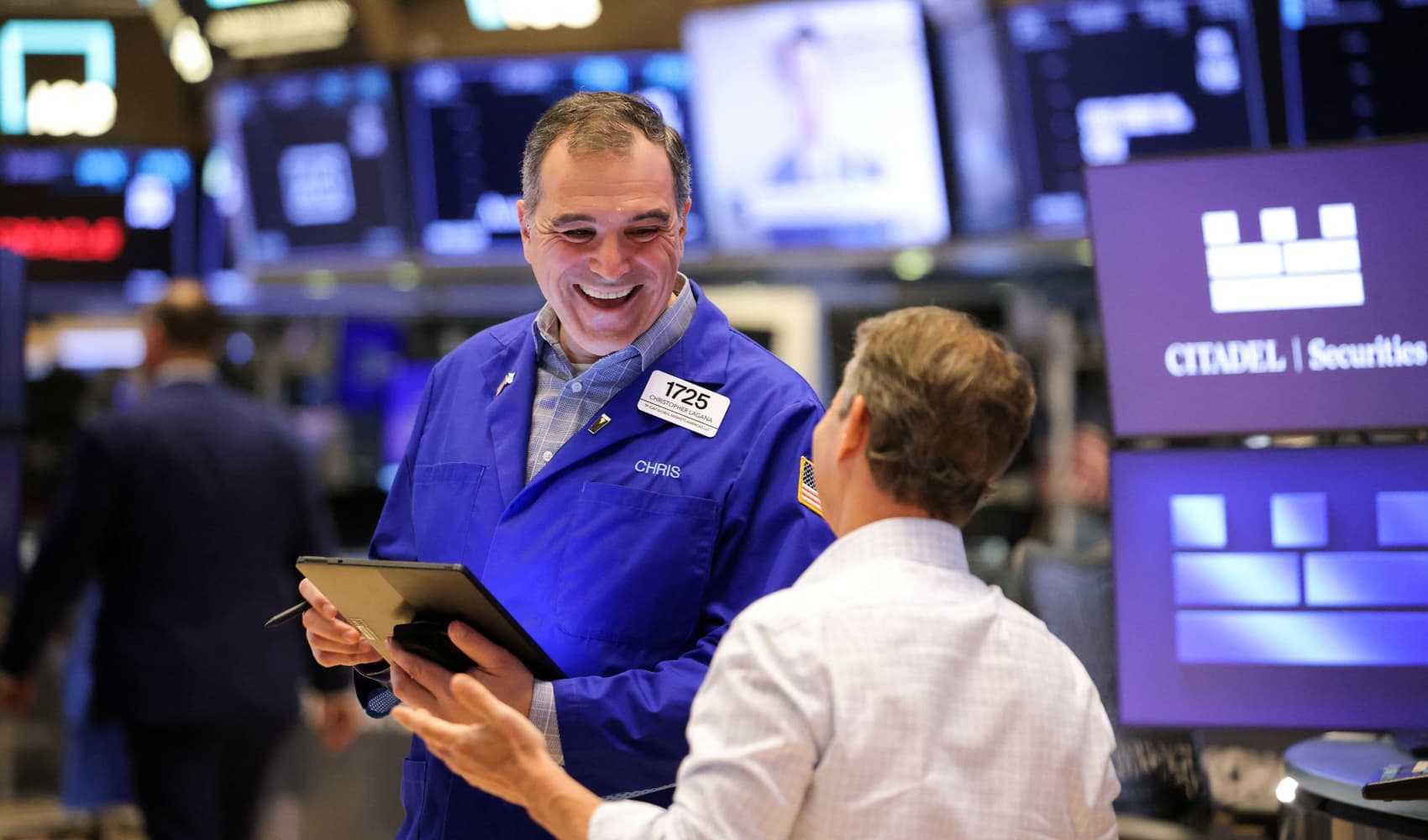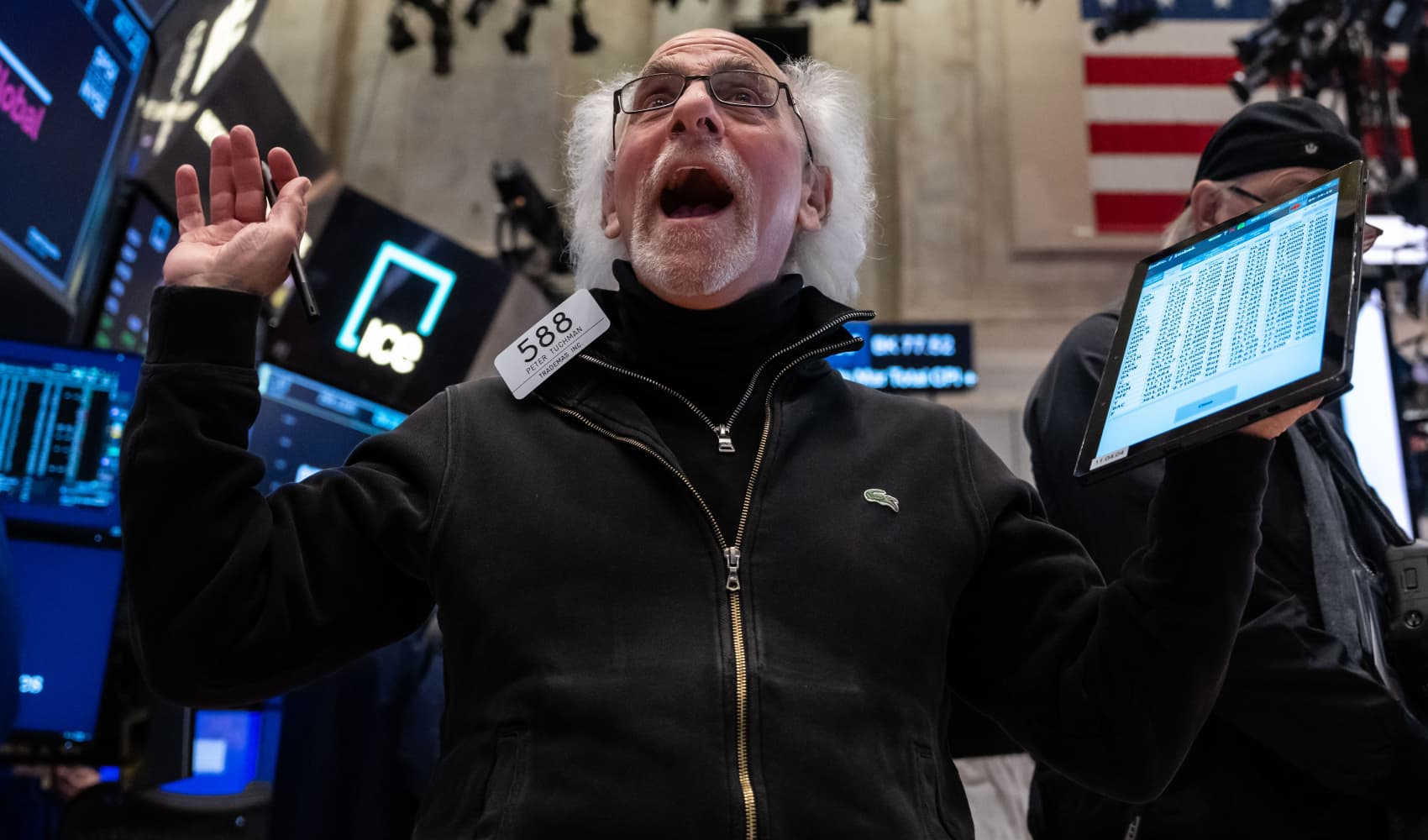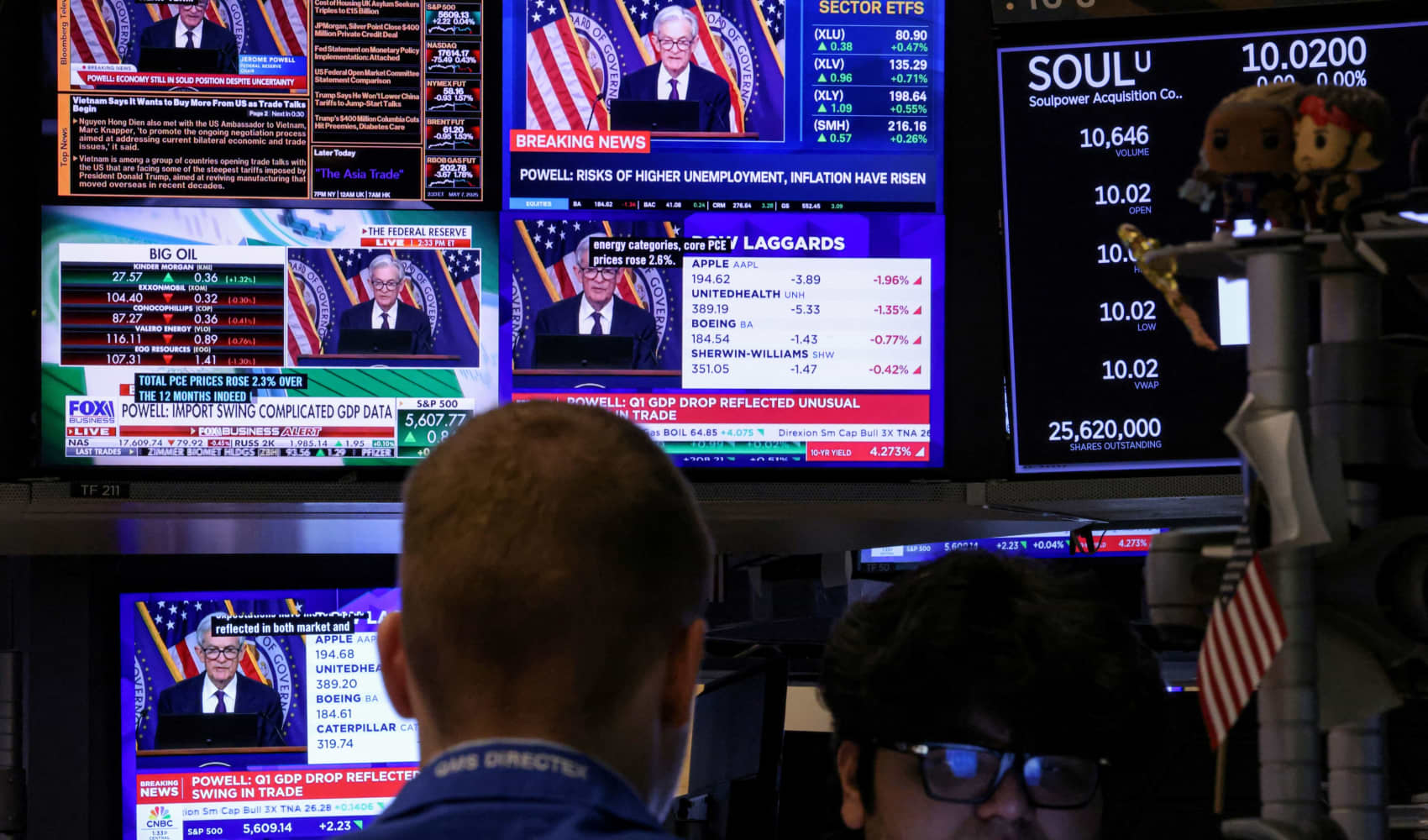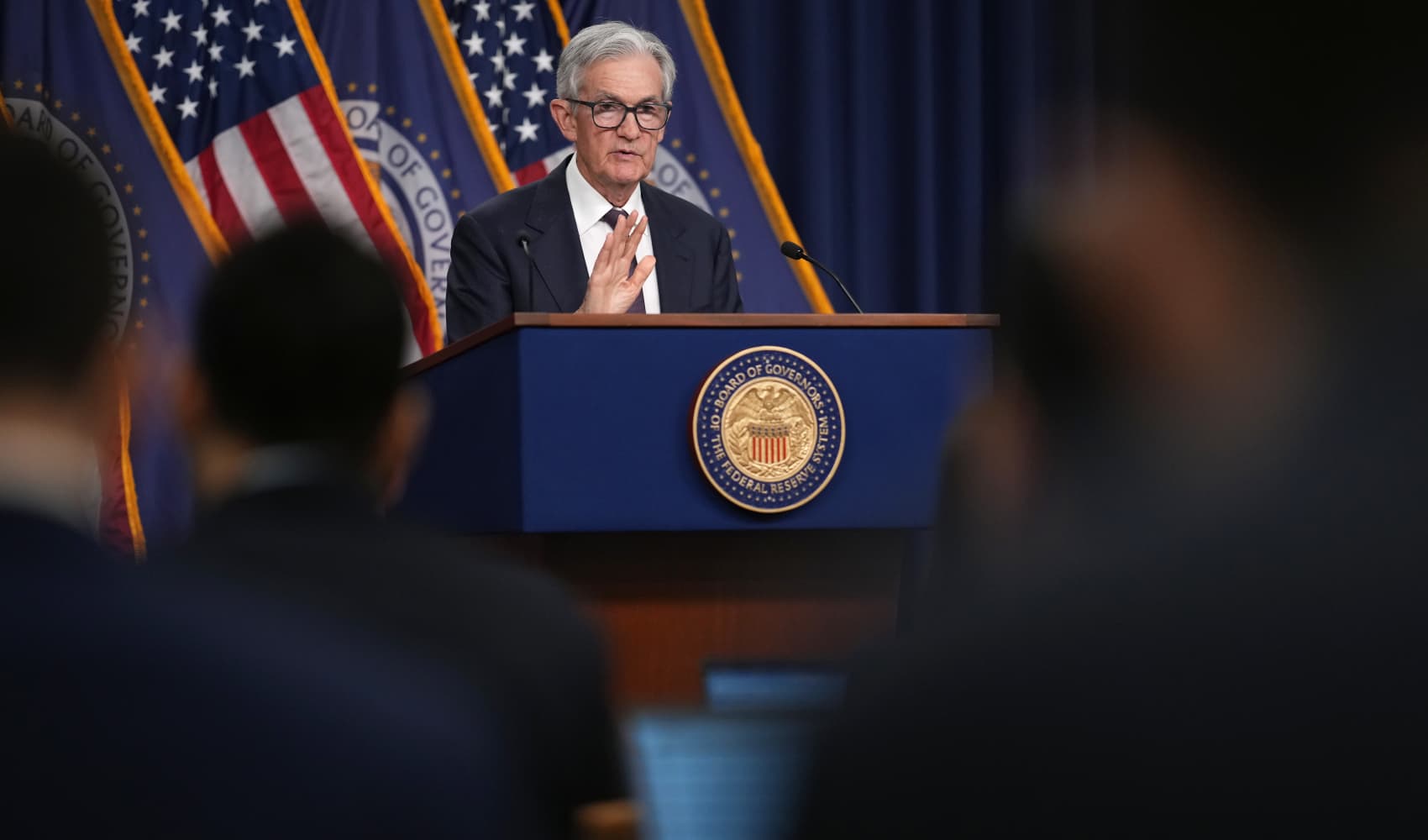Dow Jumps 300 Points! Trade Deal Hopes Fuel Rally
Dow Soars 300 Points! Tariff Deal Hopes Fuel Market Rally
Introduction: A Bullish Burst on Tuesday
What a day for the market! The Dow Jones Industrial Average had investors on the edge of their seats on Tuesday, ultimately closing up a significant 300 points. This surge was largely fueled by growing optimism surrounding a potential trade deal, sending positive ripples through the S&P 500 and Nasdaq Composite as well. But what exactly sparked this rally, and what does it mean for your investments? Let's dive in and break it down.
The Numbers Don't Lie: A Six-Day Winning Streak
The data speaks for itself. The Dow Jones Industrial Average climbed 300.03 points, or 0.75%, to settle at 40,527.62. The S&P 500 wasn’t far behind, gaining 0.58% and closing at 5,560.83. Even the Nasdaq Composite got in on the action, advancing 0.55% to finish at 17,461.32. This marks the sixth consecutive positive day for both the Dow and the S&P 500, a winning streak we haven’t seen in quite some time! Is this a sign of a sustained rally, or just a temporary blip? That's the million-dollar question.
Trade Deal Buzz: The Catalyst for Optimism
The primary driver behind this market jump was the renewed hope for a major trade deal. While details remained scarce, comments from Commerce Secretary Howard Lutnick added significant fuel to the fire.
Howard Lutnick's Revelation: A Deal "Done, Done, Done, Done!"
“I have a deal done, done, done, done, but I need to wait for their prime minister and their parliament to give its approval, which I expect shortly,” Lutnick told CNBC. While he didn't name the country involved, the mere suggestion of a finalized agreement was enough to send stocks soaring. This "done, done, done, done" declaration acted like a shot of espresso for the market!
Market Hesitation: Treading Water Before the News
Interestingly, the market was relatively stagnant for most of the trading session before Lutnick's comments. It was as if the market was holding its breath, waiting for a definitive signal. This highlights the significant impact that news and announcements can have on investor sentiment and market behavior. Think of it like waiting for the starter pistol at a race – anticipation is high, but nothing happens until the trigger is pulled.
Sectors Benefiting: Who's Riding the Wave?
Which sectors stood to benefit most from potential trade deal optimism?
Automotive and Tech: General Motors and Apple See a Boost
Major stocks heavily influenced by trade dynamics, such as General Motors and Apple, saw a noticeable rebound from their earlier lows of the session. This suggests that investors are betting on these companies seeing significant gains if a trade deal comes to fruition. Will they continue to climb, or will this be a short-lived boost?
The S&P 500's Momentum: A Six-Session Surge
The S&P 500's impressive six-day winning streak is worth examining further. What's driving this sustained upward movement?
Breaking Down the S&P 500's Success
Several factors could be contributing to the S&P 500's recent success. Strong earnings reports, positive economic data, and easing concerns about inflation may all be playing a role. However, the trade deal optimism clearly served as a significant catalyst on Tuesday. It's like a combination of ingredients baking a delicious cake, with the trade deal acting as the final, crucial ingredient.
Nasdaq's Climb: Tech Stocks in the Spotlight
The Nasdaq Composite also experienced positive movement, fueled by gains in the technology sector. How are tech companies performing and what are the expectations going forward?
Tech Sector Gains: Riding the Trade Wind
With trade deals potentially easing supply chain bottlenecks and boosting international sales, tech companies are poised to benefit significantly. Investors are likely betting on increased profitability and growth for these companies. Keep an eye on key tech players – their performance will be crucial in determining the overall health of the Nasdaq.
Analyzing the Dow's Performance: What's Behind the 300-Point Jump?
The Dow's 300-point jump is a significant indicator of market sentiment. Let's delve deeper into the factors driving this surge.
A Deeper Dive into the Dow's Drivers
A combination of factors likely contributed to the Dow's impressive performance. Beyond the trade deal news, positive earnings reports from key Dow components and overall investor confidence are likely playing a role. It's a multifaceted rally, driven by a confluence of positive forces.
Interpreting Howard Lutnick's Comments: Reading Between the Lines
Lutnick's comments were vague but undeniably impactful. What can we infer from his statements, and what should investors be watching for?
The Significance of Secrecy: Who Is the Mystery Country?
The fact that Lutnick didn't name the country involved suggests that the details of the deal are still being finalized and that negotiations are sensitive. Investors should keep a close eye on news reports and official announcements for further clarification. The identity of the mystery country could have a significant impact on market reaction.
Risk Factors: What Could Derail the Rally?
Despite the optimism, it's crucial to acknowledge the potential risks that could derail the market rally. What are the key factors that investors should be aware of?
Inflation, Interest Rates, and Geopolitical Uncertainty
Persistent inflation, rising interest rates, and escalating geopolitical tensions remain significant threats to the market. A resurgence of any of these factors could quickly dampen investor enthusiasm and lead to a market correction. Staying informed and prepared is crucial for navigating these uncertain times.
Expert Opinions: What Are the Analysts Saying?
What are the market analysts saying about the recent rally and the potential trade deal? Let's take a look at some expert perspectives.
A Range of Views: Cautious Optimism to Bullish Enthusiasm
Market analysts hold a range of views, from cautious optimism to outright bullish enthusiasm. Some analysts believe that the trade deal could be a game-changer for the global economy, while others remain skeptical, citing persistent economic challenges. It's important to consider a variety of perspectives when making investment decisions. Doing your homework and understanding different viewpoints is key.
The Importance of Due Diligence: Research Before Investing
The current market environment underscores the importance of conducting thorough research before making any investment decisions. Don't get caught up in the hype – do your due diligence!
Understanding Your Risk Tolerance and Investment Goals
Before investing in any stock or asset, it's crucial to understand your own risk tolerance and investment goals. Are you a risk-averse investor looking for long-term stability, or are you comfortable with higher risk in exchange for potentially higher returns? Knowing yourself and your financial objectives is paramount.
Looking Ahead: What's Next for the Market?
What can investors expect in the coming days and weeks? Will the rally continue, or will the market face a correction?
Monitoring Economic Data and Geopolitical Developments
Investors should closely monitor upcoming economic data releases, including inflation figures and employment reports. Geopolitical developments and further news regarding the trade deal will also be crucial factors influencing market sentiment. Staying informed is the best way to navigate the market's twists and turns.
Conclusion: A Day of Optimism, But Caution Advised
Tuesday's market rally, fueled by trade deal hopes, provided a welcome boost to investor sentiment. The Dow's 300-point jump and the S&P 500's sixth consecutive positive session are encouraging signs. However, it's crucial to remain cautious and informed. Remember that market conditions can change rapidly, and due diligence is always essential. While the future remains uncertain, the potential for a trade deal offers a glimmer of hope for continued market growth.
Frequently Asked Questions
Here are some frequently asked questions related to the recent market activity:
- What is the significance of the Dow's 300-point jump?
A 300-point increase in the Dow indicates strong positive sentiment in the market, often driven by positive news or economic data. It suggests that investors are optimistic about the prospects of the companies included in the Dow Jones Industrial Average. - What factors could derail the current market rally?
Several factors could derail the rally, including a resurgence of inflation, rising interest rates, escalating geopolitical tensions, and negative news regarding the potential trade deal. - How can I stay informed about market developments?
Stay informed by following reputable financial news sources, monitoring economic data releases, and consulting with a qualified financial advisor. Be sure to diversify your news sources to get a broad view of market happenings. - What should I do if I'm unsure about my investment strategy?
If you're unsure about your investment strategy, consult with a qualified financial advisor who can help you assess your risk tolerance, investment goals, and time horizon. They can provide personalized guidance to help you make informed decisions. - Is now a good time to invest?
Whether now is a good time to invest depends on your individual circumstances and risk tolerance. Consider your investment goals, time horizon, and financial situation before making any decisions. It's always a good idea to consult with a financial advisor before investing.








